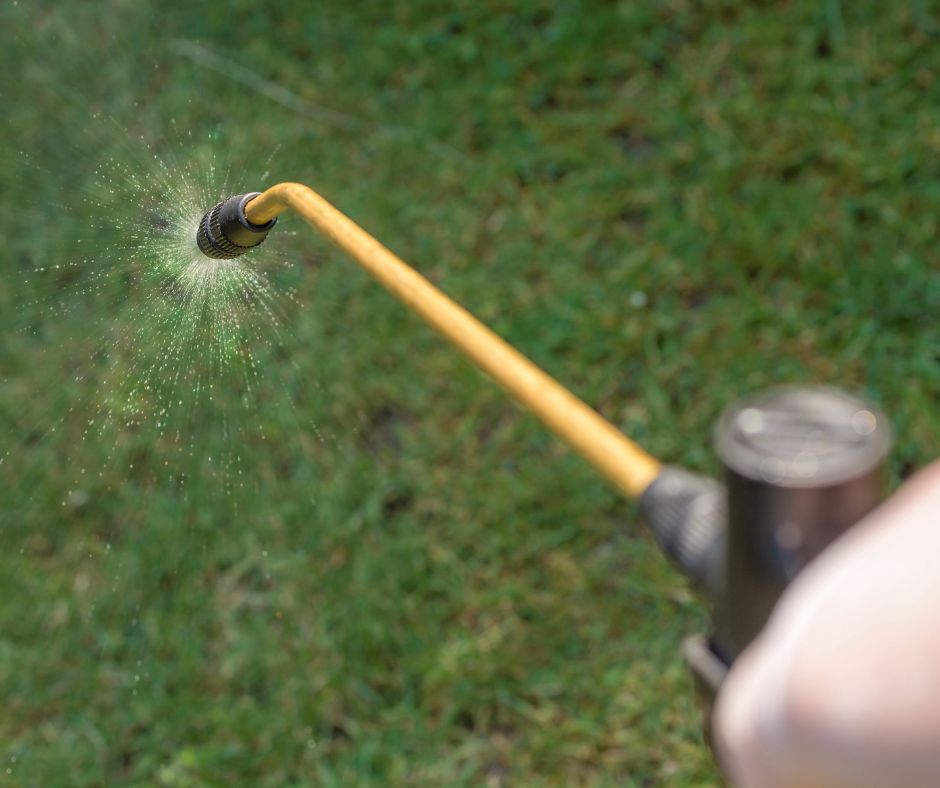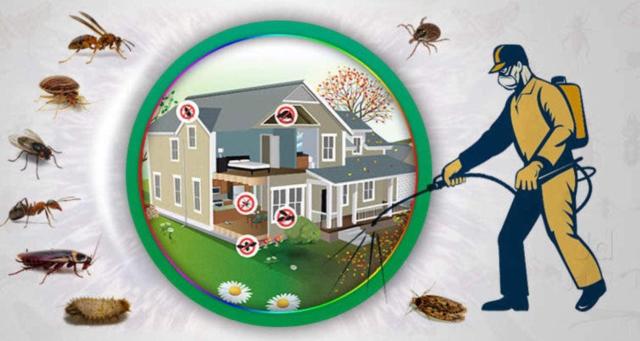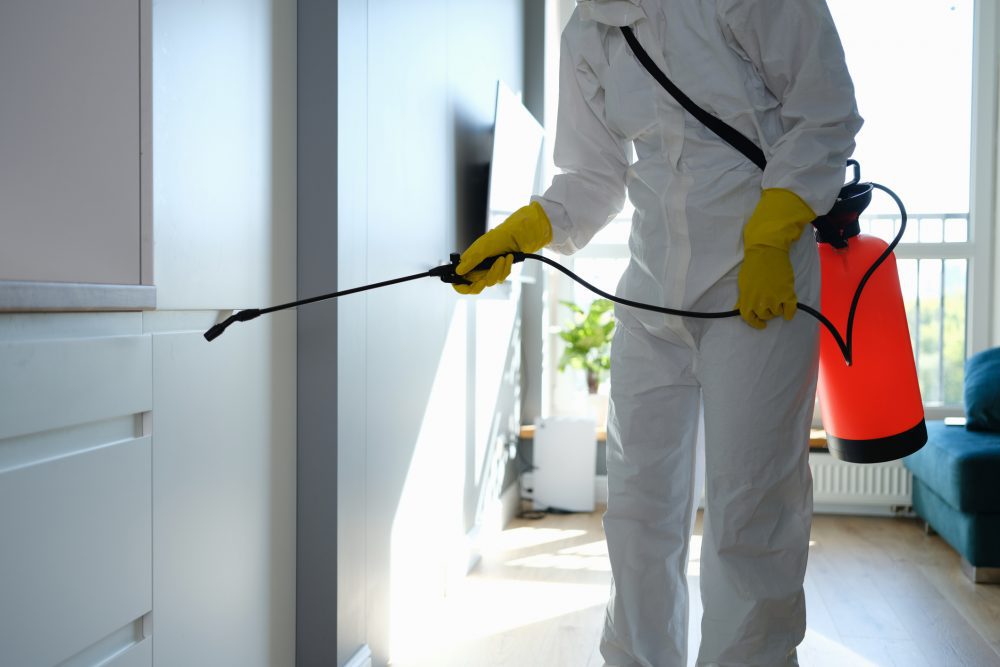Professional Residential Pest Control Service in Port Charlotte
Comprehensive Overview to Recognizing Pest Control Methods and Their Treatment
Recognizing parasite control techniques is important for effective management of unwanted microorganisms that posture threats to wellness, farming, and residential or commercial property. What variables should be thought about when picking the appropriate pest control approach for a particular circumstance?
Summary of Insect Control Methods
Pest control techniques incorporate a selection of techniques made to manage and remove unwanted organisms that can hurt human wellness, agriculture, and home. Reliable pest administration is essential for maintaining the honesty of environments and ensuring the safety of food materials. These approaches can be extensively classified right into 3 key approaches: social, mechanical, and organic controls.

Cultural control entails customizing farming techniques or environmental conditions to reduce parasite establishment and recreation. This method consists of plant turning, sanitation, and picking pest-resistant plant varieties. Mechanical control relies upon physical obstacles or gadgets to stop parasite gain access to or straight remove them. Instances include traps, webs, and hand-picking unsafe insects.
Organic control utilizes all-natural predators, parasites, or microorganisms to regulate pest populaces. This technique stresses eco-friendly equilibrium and can include introducing advantageous insects, such as ladybugs or predative nematodes, to handle bug presence.
Integrated parasite management (IPM) integrates these techniques, making use of an alternative method that emphasizes prevention, tracking, and accountable monitoring. By utilizing a mix of these techniques, bug control can be much more lasting and reliable, lessening dependence on chemical treatments while guarding human wellness and the setting.

Chemical Pest Control Solutions
A range of chemical insect control options are available, providing efficient alternatives for managing parasite populaces when various other methods may fail. These options mainly include pesticides, herbicides, fungicides, and rodenticides, each developed to target particular pests while decreasing harm to non-target microorganisms.
Insecticides are especially efficient against a variety of bugs, including ants, cockroaches, and termites, and can be identified as contact or systemic agents. Call insecticides kill parasites on call, while systemic pesticides are soaked up by plants, making them poisonous to bugs that eat them. Herbicides are utilized to regulate unwanted greenery, whereas fungicides are vital for handling fungal conditions that can damage crops and ornamental plants.
Furthermore, incorporated insect monitoring (IPM) principles ought to be utilized, integrating chemical options with cultural, mechanical, and organic strategies for lasting pest control. This holistic approach not just enhances pest administration efficiency but additionally minimizes prospective environmental influences linked with chemical use.
Biological Pest Control Methods
Biological insect control strategies offer an eco pleasant choice to chemical methods by utilizing natural predators, bloodsuckers, or pathogens to manage bug populaces. This method leverages the environmental relationships between organisms, promoting a balanced ecological community while lessening chemical residue in the setting.
Among the most common organic control methods entails the Learn More Here introduction of all-natural opponents. Ladybugs are used to regulate aphid populaces, while parasitical wasps can target caterpillars and various other bugs. These natural predators properly reduce pest numbers without harming beneficial bugs.
Furthermore, microbial representatives such as germs, fungis, and infections are utilized to contaminate and kill details bugs. Bacillus thuringiensis (Bt), a naturally taking place microorganism, is commonly utilized to manage caterpillars and other larvae, showcasing the efficiency of microbial bug control.

Physical and Mechanical Techniques
Often used in incorporated pest monitoring techniques, physical and mechanical techniques function as effective devices for managing insect populaces without the use of chemicals. These strategies count on physical obstacles, traps, and various other mechanical devices to avoid or remove bugs, making them eco-friendly options.
Physical methods consist of making use of obstacles such as insect netting, displays, or row covers that physically block insects from accessing plants. This is specifically valuable in agricultural settings where plant protection is essential. In addition, habitat control, such as removing particles and standing water, can minimize pest breeding sites, thus minimizing invasions.
Mechanical methods include traps, which can be designed to capture specific bugs. Sticky traps and pheromone traps are usual examples that draw and maintain bugs, helping with surveillance and control. Vacuuming is another mechanical technique, reliable for removing bugs from interior environments, particularly like this in cases of problems.
Preventative Insect Management Techniques
Effective preventative parasite monitoring techniques are crucial for keeping healthy and balanced environments and lessening pest-related problems prior to they develop (Pest Control in Port Charlotte, FL). look what i found These techniques concentrate on proactive procedures that lower the probability of insect problems by attending to the source

An additional important approach entails correct landscaping practices (Pest Control in Port Charlotte, FL). Keeping plants cut and away from structures can decrease harborage areas for parasites. Carrying out integrated bug monitoring (IPM) methods that consist of checking insect populaces and employing biological controls can foster a balanced environment that naturally suppresses pest numbers.
Education and learning and training for team and citizens on identifying very early indications of bug task are likewise key elements of a reliable preventative program. By promoting an atmosphere of understanding and vigilance, organizations and home owners can greatly improve their insect administration initiatives and protect their areas against future invasions.
Final Thought
Employing an Integrated Pest Administration (IPM) structure enables for the lasting management of insects while reducing eco-friendly impact. Eventually, a detailed understanding of these diverse pest control techniques is crucial for achieving successful end results in pest monitoring campaigns.